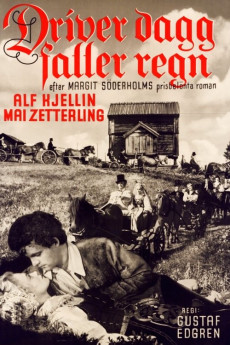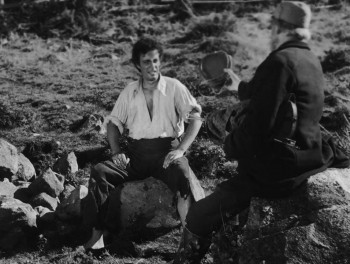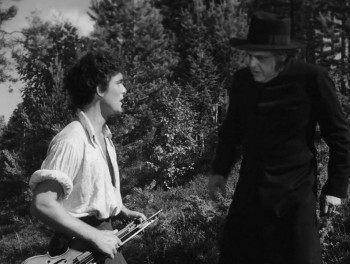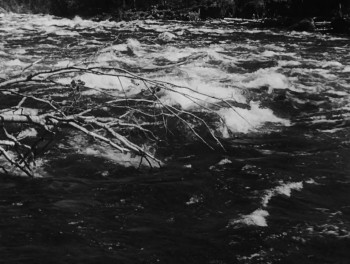Sunshine Follows Rain
1946 [SWEDISH]
Action / Drama / Romance

Plot summary
The Farmer Germund is planning a wedding between his daughter Marit and Mats, the son of a neighboring farm. Everything seems to be going according to plan until Marit meets the fiddler Jon, an illegitimate son who enchants the youth with his violin.
Director
Top cast
Tech specs
720p.WEB 1080p.WEBMovie Reviews
Sunshine Follows Rain
The spell of Nordic white nights.
A wonderful film in many ways.
The actors playing Marit and Jon are perfect for the parts. The chemistry between them works. You believe in their lovestory.
The film captures some of the themes and the good stuff from the book, which I have loved for 60 years. But I do miss quite a few things that are left out: Marit's and Jon's struggle to get eachother is way longer and more dramatic than portrayed in the film.
Marit is not fascinated by Jon's fiddle, like it seems in the film. It takes her a while to actually fall in love with Jon. In the beginning it's more gratitute towards him for saving her from being raped, it's pity, because he is so poor, lonely and misunderstood. What makes her fall in love is more, that Jon is not pushy and rough like f. I. Matts, who also almost tries to rape her.
Jon is gentle and caring - although he also is close to raping her - but stops, when she resists.
Jon's fear of the supernational and his own part in it - i. E. being the son of Strömkarlen - is part of HIS attraction to Marit, because she doesn't believe in it. She treats him like a normal man.
The two times Marit saves Jon from the angry mob is downplayed in the film, and that's too bad - because that was very dramatic. At least Jon seemed to be in mortal danger.
The forestfire is completely left out, which is a shame, because that is where Marit realizes, she loves Jon.
The fight between Father Germund and Jon is also left out.
I also miss the birth of their child.
There are so many layers in the novel - besides the lovestory between Marit and Jon:
the culture in northeastern Sweden 1807 - 1830. What they eat, how they dress, that you can't go to church if you don't have the proper clothes (Jon). How they drink - LOTS of Snaps - all the time. Every man has his "pocketlark" as it was called. They drink in the morning - to get appetite - to heat up, as medicine, at dances - the men must have had a buzz all the time.
You learn about the work - both the men's and the women's.
The relationship between the sexes - that the young men can go courting the girls at night in their beds.......!!??
How the men fought all the time. And that was regarded normal. The women patched up their injures afterwards .......
Then of course details about the superstition at the time, which florished alongside the church:
Strömkarlen, huldren, the wild hunt.
Nature plays a big part also: the stream with the deadly fall, the white nights of summer, the dark forests, the cliffs.
Glabo-Kalle has a much larger part in the film than the novel.
Mother Sigrid is completely left out.
In the novel Knut is still son at his father's farm.
But I still enjoy the film - thanks to Mai Zetterling and Alf Kjellin. They are fascinating as Jon and Marit.











